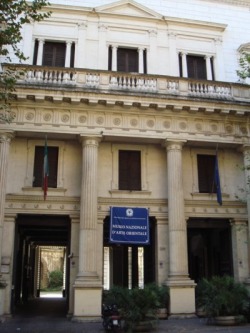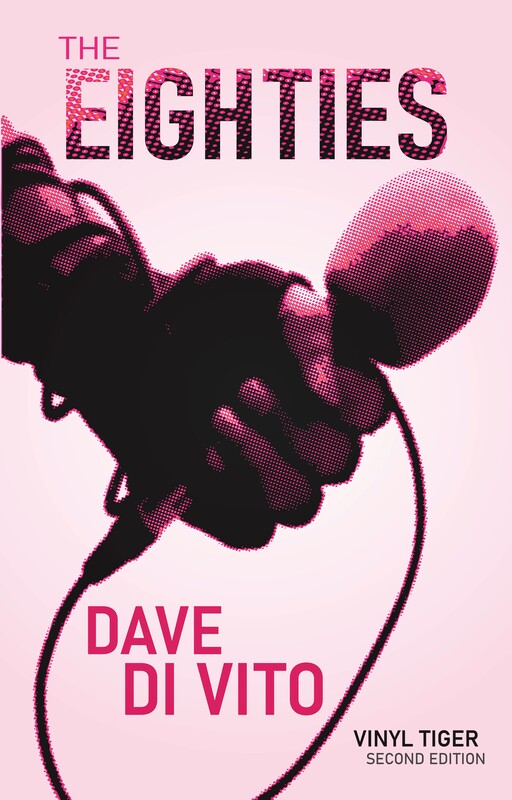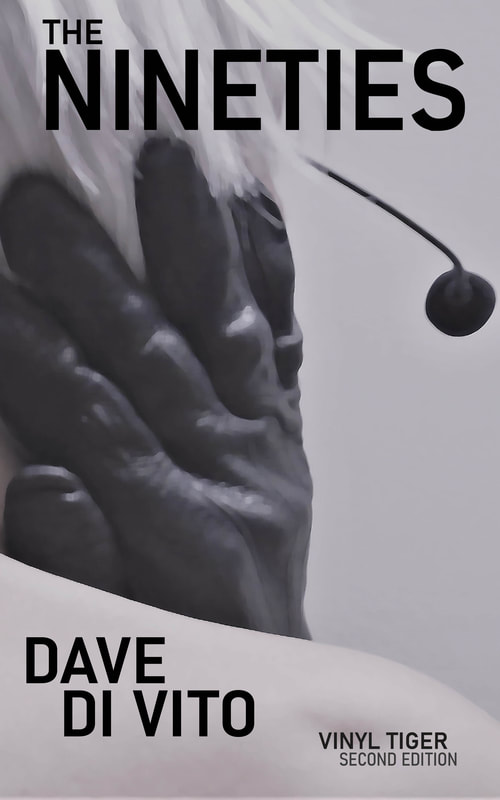|
In a city as densely populated with museums and galleries as Rome, it's easy for a boutique collection to seemingly fall through the cracks.
Although one of the National Museum campuses, the Museo Nazionale d'Arte Orientale, is like an unpolished little jewel in the city of Rome (http://www.museorientale.beniculturali.it/). Tellingly, it is located between the city's unofficial Chinese Quartiere, Esquilino, and one of Rome's lushest inner city centres, Cavour. These two areas are ostensibly, pendant extremes of inner city Rome. Many Romans loathe the area of Equilino, dismissing it as the city's China Town, and lamenting the fact that it is not an "Italian" area anymore. In actual fact, statistics suggest otherwise (http://www.associna.com/modules.php?name=News&file=article&sid=743); more correctly it is home to a significant mix of nationalites, mixed cuisine restaurants and specialty stores. The comparatively cheaper rents of the area have made possible a visible smorgasbord of the ethnicities who reside here alongside Italians; in one of the only areas in the inner city where this is possible. Cavour on the other hand, is one of Rome's oldest and most prestigious areas, and in recent years has increasingly become a capital of cultural cool in the Eternal City, attracting boutique bars, designer stores and creative industries, in addition to some high end retailers (though, the latter are nowhere near common place in this area when compared to Prati, Piazza di Spagna or even some parts of the Centro Storico). The push and pull of these competing areas, and Italy's tenuous links to multiculturalism, make for an interesting backdrop for the museum. When you arrive at the gallery, its as nondescript as any building can possibly be in Rome; a plain exterior, minimal signage...even the entry is on the first floor, albeit up a red carpeted staircase. The collection itself is mixed; favoring subcontinental works, with a huge amount of the limited floor space devoted to Indian, Tibetan and Gandhara pieces. The prevalance of the Gandhara pieces seems surprising at first, but is the result of the prolonged work of ISMEO (Istituto Italiano per il Medio ed Estremo Oriente/The Italian Institute for the Middle and Far East). The East Asian powerhouses, China and Japan, also get a look in, and are accorded a couple of devoted rooms. In terms of significance, few of the poorly signed artefacts or artworks would be considered important, but occasionally, there is such an awe inducing piece, that once you have finished marveling at what stands before you, you wonder how on earth these pieces made it to Italy. This is where the lack of signage becomes a barrier to enjoying the collections; some attribution details can be found (in Italian), and a handful of Room sheets (in Italian) also provide expansive, sweeping ideas about the collections and the ages of which they are representative, but the collection offers no connection between object and visitor. This is startling, considering how well the National Museum collective does this across its other Greco/Roman focused collections. In part, a significant amount of the collection stems from the work of ISMEO carried out in the early to mid twentieth centuries, more information about whom can be found here: http://www.iias.nl/iiasn/iiasn3/general/italian.txt, but wondering around across the old parquetry floors, and beneath the high ceilings, its easy to feel an empathy for the collection, a reminder that the work started by ISMEO as a passion seems to have come to a halt. This gallery is the under nourished child; where its sibling collections around Rome's Termini and Piazza Navona area are presented in crisp, movie studio settings; amidst perfect lighting and alternating gallery spaces with purpose built showcases and colored walls, the adopted Orientale child seems to go wanting. It can be argued that people don't come to Rome to see Asian art, but what of Italians in general? We rarely visit cutting edge national art institutions for their progressiveness. Instead, we generally seek out collections of this kind for educational purposes. Although the collection may feel sparse, there is enough quality work within the dozen or so rooms to at least provoke interest in other parts of the world, to help locals understand and connect to non European cultures in a non commercial means. For all of the institution's failings, this is a wonderful place to visit, particularly if you find yourself in Esquilino/Cavour, and it offers an alternative to the prevailing Euro-centric pieces that dominate throughout Italy. The appreciation is simply not here in the same sense that is in France, Spain, the Netherlands or even Germany, territories in which there were clearly documented epochs in which Orientalism was celebrated and utilized to spur creative movements during the eighteenth and nineteenth centuries. The cross pollination between these nations and the artworks of high profile Japanese artists in particular are testimony to this, whereas, the legacy of Italian art remains in the form of an 'artistic separatism in Asia; something to be admired, coveted, perhaps even worshipped on an aesthetic level, but ultimately, never connected to, due to the lack of relations that continues to dominate Italian relations with the East.
0 Comments
Your comment will be posted after it is approved.
Leave a Reply. |
Dave
|
|
|
Dave Di Vito is a writer, teacher and former curator.He's also the author of the Vinyl Tiger series and Replace The Sky.
For information about upcoming writing projects subscribe to the mailing list. Dave hates SPAM so he won't trouble you with any of his own. He promises. |





 RSS Feed
RSS Feed